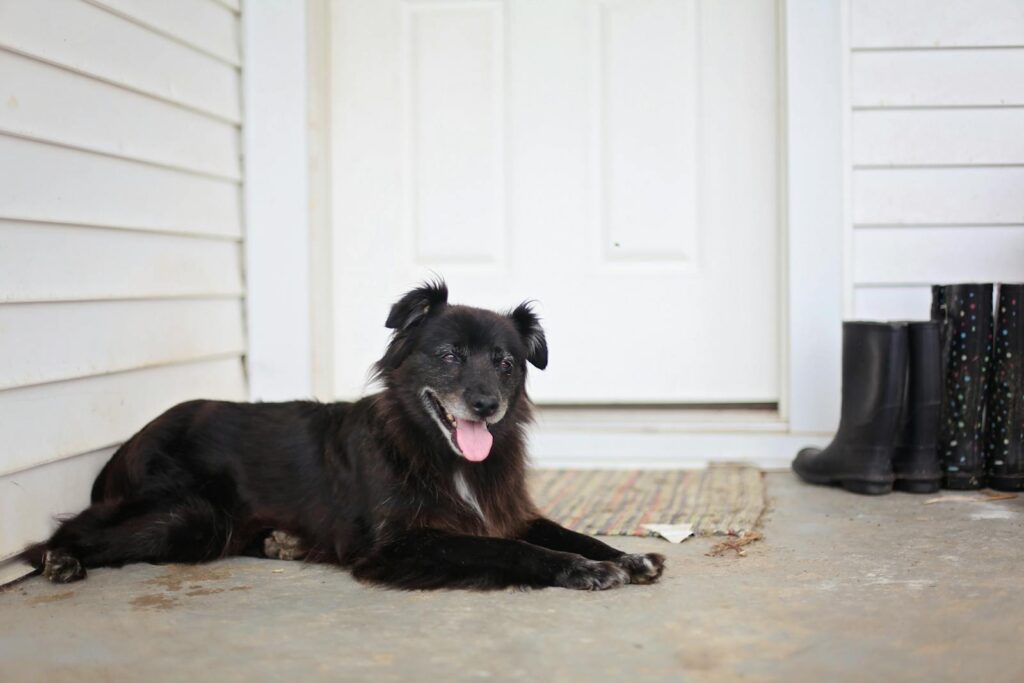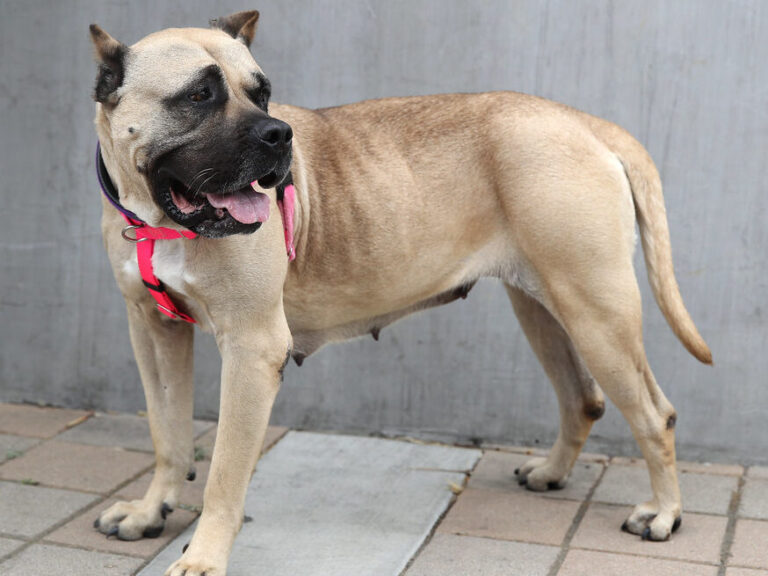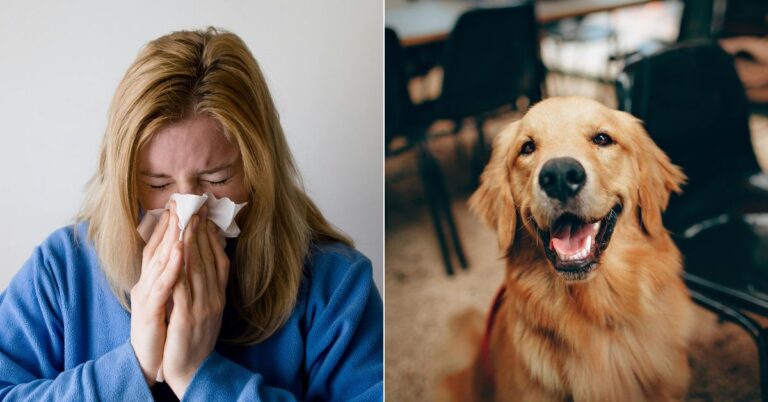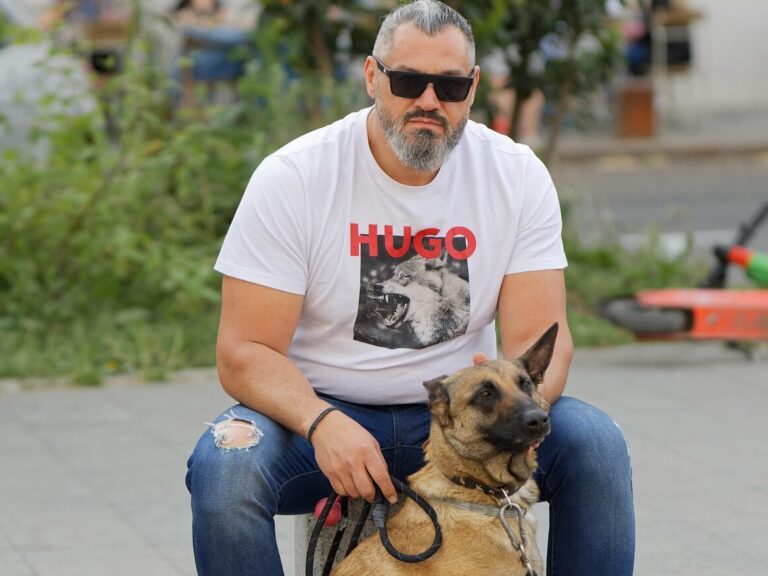15 Behavioral Red Flags Your Dog Is Depressed

Dogs feel more than many people realize. They experience emotional highs and lows, and when something disrupts their routine, environment, or relationships, it can lead to canine depression. These signs may look small at first but often point to deeper emotional distress. Catching them early can help you get your dog the support they need, be it more attention, a change in routine, or professional help.
They’ve Lost Interest in Play

If your dog used to get excited at the sight of a tennis ball or squeaky toy and now barely lifts their head, it’s more than just boredom — it might be a sign of depression. Play is how dogs express joy, curiosity, and connection. When they suddenly show no interest in toys, games, or even outdoor time, it often reflects an emotional shutdown.
They’re Sleeping More Than Usual

Dogs sleep a lot, but excessive or abnormal sleep patterns could be your first clue that something’s off. If your dog is sleeping through meals, skipping walks, or no longer gets up to greet you, they may be retreating into sleep to escape how they feel. Depression in dogs often shows up as low energy or an almost constant desire to rest.
They Avoid Eye Contact or Physical Touch

Most dogs crave attention and physical connection — leaning into your hand, nudging you for belly rubs, or curling up next to you. If your dog begins avoiding touch, walking away when you pet them, or turning their head when you speak softly, they may be emotionally withdrawn. Eye contact, in particular, is a major trust signal in dogs. When they suddenly start avoiding your gaze or become indifferent to closeness, it may mean they’re feeling overwhelmed, confused, or emotionally unwell.
Their Eating Habits Have Changed

A sudden change in appetite, either eating too little or too much, can be a serious sign of emotional distress. Dogs often eat less when they’re feeling anxious or depressed. Some may stop eating altogether. Others may overeat out of boredom or as a form of self-soothing. You might also notice slower eating, hesitation at the bowl, or even walking away mid-meal. Appetite changes should always be monitored, especially if paired with lethargy or other behavioral shifts.
They’re Hiding or Isolating Themselves

It’s normal for dogs to seek quiet spaces now and then, but if your normally social pup suddenly prefers to hide under the bed, retreat to another room, or sleep in the closet, it may be a sign of emotional distress. Depressed dogs often isolate themselves from family life and avoid interaction even with their favorite people. This change in behavior can come after a traumatic event, a major loss, or a disruption in their environment.
They’re More Restless or Pacing Constantly

While some dogs withdraw when they’re sad, others show restlessness that looks like anxiety. You may notice pacing, circling, or repeated wandering with no clear goal. It’s as if they can’t settle their mind or body. This can be especially common in dogs who’ve experienced a sudden loss or major routine change, like a new work schedule or relocation. The behavior can sometimes be mistaken for excess energy, but when it appears suddenly and lasts for days, it’s often rooted in emotional imbalance.
Their Tail Is Almost Always Down

Tail carriage is one of the clearest signals of a dog’s mood. A wagging or upright tail generally reflects confidence or excitement, but a low, limp, or tucked tail can be a visual cue that your dog is feeling sad or fearful. If you notice your dog’s tail rarely lifts, even during favorite activities like walks or play, it might be a sign they’re emotionally disengaged. Dogs can carry emotional tension in their body posture, and the tail is a major indicator. Pay attention to how it changes throughout the day.
They’re Barking or Whining More Than Usual

A sudden increase in vocalizations like whining, howling, or barking can be your dog’s way of crying out for help. Dogs use sound to express everything from excitement to distress. In depressed dogs, whining and howling often indicate frustration, confusion, or loneliness. You might hear them whining softly at the door, barking at nothing in particular, or even howling when left alone. These sounds are their attempt to communicate discomfort, often when they don’t know what else to do.
They’re No Longer Excited to See You

One of the most heartbreaking signs of canine depression is when your dog stops greeting you with joy. If your dog used to jump, wag their tail, or run to the door when you got home and now barely reacts, it’s likely they’re emotionally withdrawn. That excitement isn’t just cute. It reflects emotional health and a strong bond. When it fades, it often means the spark in their routine is gone. This can stem from grief, major lifestyle shifts, or simply prolonged boredom and emotional neglect.
They’re Ignoring Favorite People or Pets

Dogs are deeply social creatures. If your dog begins avoiding people or animals they used to adore, it may reflect sadness, anxiety, or depression. They might walk away from play sessions, avoid cuddles with their dog friend, or no longer light up when a favorite person visits. This withdrawal can feel personal, but it’s more often a symptom of internal struggle.
They Suddenly Become Destructive

If your otherwise well-behaved dog starts chewing furniture, shredding pillows, or scratching doors, don’t assume they’re just being naughty. Destructive behavior can be an emotional outlet — a way to cope with stress, frustration, or anxiety. Depression sometimes manifests in physical outbursts, especially in younger dogs or those with high energy levels who aren’t getting enough stimulation. Instead of punishment, look for underlying causes.
They Seem Unresponsive to Praise or Affection

Most dogs are thrilled to hear “good boy!” or receive a belly rub. But when a dog is depressed, even your warmest voice or gentlest petting may fail to spark a reaction. If praise, treats, or attention no longer seem to matter, your dog may be emotionally numb. This lack of responsiveness is a strong red flag that their emotional world is dulled. It’s especially concerning if your dog normally thrives on human interaction but now seems disinterested or indifferent.
They’ve Stopped Exploring Their Surroundings

Curiosity is a healthy behavior in dogs. Whether it’s sniffing new grass or inspecting a bag you brought home, exploration is how dogs stay mentally engaged. If your dog has stopped showing interest in the world around them, it can indicate depression. This lack of environmental engagement may show up as reluctance to leave the house, skipping walks, or refusing to investigate toys or scents. It’s a behavioral freeze that reflects deeper emotional withdrawal.
They’re Having More Accidents Indoors

If your house-trained dog suddenly starts having accidents, it could be a stress response. Depression can affect bladder and bowel control, especially when paired with anxiety or confusion. This is common in dogs who have experienced sudden changes in their environment, such as a move or a new baby in the house. Before assuming a physical illness, look at the emotional context. Is your dog also acting withdrawn, clingy, or confused? These accidents often reflect deeperdistress.
They React Poorly to Routine Changes

Dogs thrive on predictability. When their routine is disrupted, some dogs emotionally unravel. If your dog becomes clingy, withdrawn, or visibly upset during these transitions, it might not be simple stress. It could be situational depression. Some dogs are especially sensitive to even minor changes. If you’ve noticed behavioral shifts that coincide with lifestyle changes, don’t dismiss them. Your dog may need more time, support, and emotional comfort to adjust.





